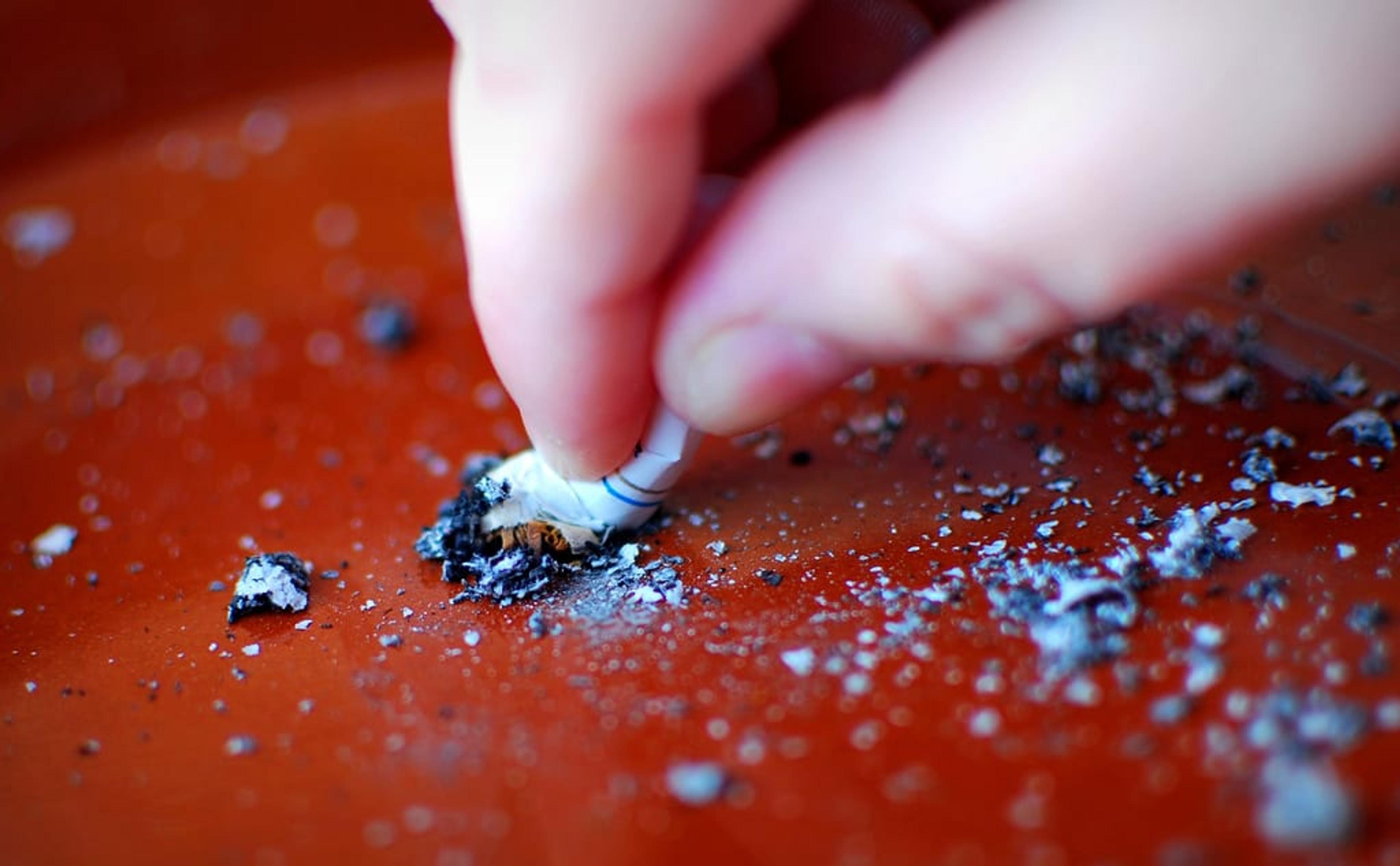Thirdhand Smoke: A Danger You May Not Know About
| 2 min read

There’s no doubt that firsthand smoke (what you inhale) and secondhand smoke (smoke from the lit end of a cigarette or that’s been exhaled by a smoker) is dangerous, but now there’s a new kind of smoke to watch out for: thirdhand smoke. Last year researchers at Lawrence Berkeley National Laboratory published a study that found that residual nicotine and harmful chemicals are left behind when someone smokes indoors, long after the actual smoke dissipates. When inhaled, these compounds can cause cancer and can contribute to asthma, allergies, hyperactivity and slower healing abilities.
So how do those dangerous chemicals linger? Researchers were surprised to learn they seep into one’s walls, furniture, carpet and clothing. Once they get in, they’re nearly impossible to get out. Scientists have detected the existence of these chemicals in homes that have been smoke free for more than 20 years. Children are especially at risk, because they crawl on the carpet and put their mouths on furniture that may have absorbed these chemicals.
While experts haven’t discovered a method to get rid of these chemicals yet, there are a few things you can do to reduce the amount of harmful chemicals in your home. When moving in, repaint the walls, replace any carpeting or furniture, check your ventilation systems and use strong detergent to deep clean all surfaces. But even more important is to remember to never smoke inside. Indoor smoking can harm you, your family and anyone who stays in your home. So if you must smoke, go outside.
This blog post is part of #HealthyMe, a personalized web experience based on your health and wellness goals. To sign up today, visit https://www.ahealthiermichigan.org/healthyme
Photo credit: Morgan





